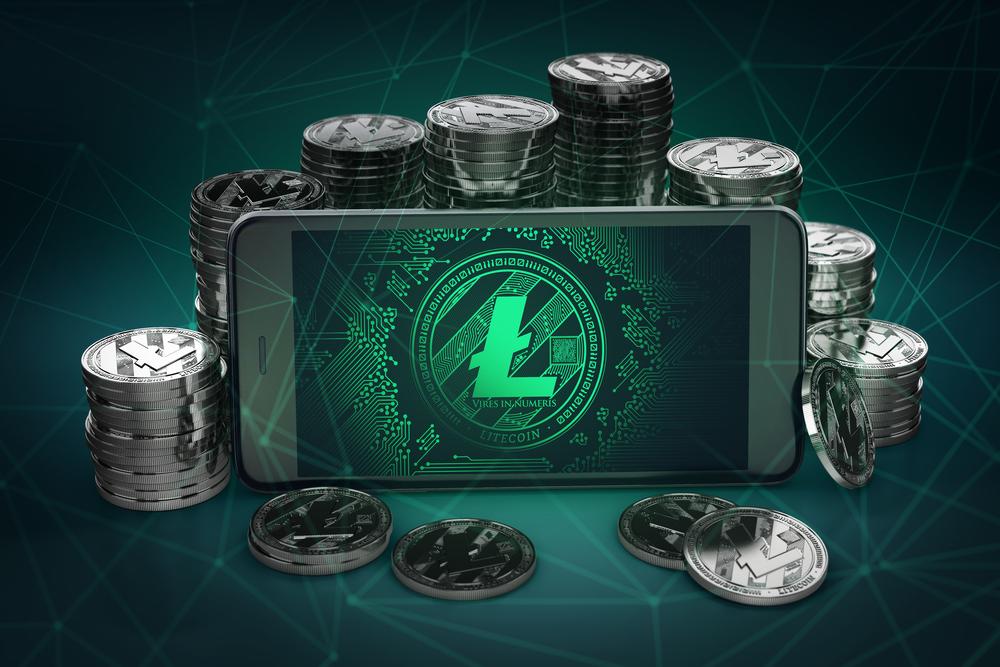- Bringing Ordinals to the Litecoin blockchain has been an ongoing effort since February 10.
- Over the period, a pseudonymous Twitter user, Indigo Nakamoto promised 5 LTC (around $500) to anyone who ports Ordinals to the Litecoin blockchain.
Litecoin is one of the oldest cryptos, created in 2011 by Charlie Lee, a former Google employee. As a peer-to-peer crypto, it was designed to process transactions faster than Bitcoin. In 2017, Lee sold out all his Litecoins to avoid a conflict of interest. However, the asset has been far left behind by Bitcoin in terms of price. In an attempt to make it more technologically relevant, a developer has adapted Ordinal Inscriptions for the Proof-of-Work project. In recent times, the ability to mint content has been largely adopted in the crypto sphere rather than transactions facilitated on the Bitcoin network. According to Dune analytics, 154,000 inscriptions have been created as of now.
Bringing Ordinals to the Litecoin blockchain has been an ongoing effort since February 10. Over the period, a pseudonymous Twitter user, Indigo Nakamoto promised 5 LTC (around $500) to anyone who ports Ordinals to the Litecoin blockchain.
Software engineer releases Litecoin Ordinals on GitHub
In response, software engineer Anthony Guerrera was challenged to release the Litecoin Ordinals project on GitHub. This was after the GitHub repository for Bitcoin Ordinals which was posted by Casey Rodarmor was forked.
Guerrera disclosed the motivation behind his effort:
Basically, I was motivated by the bounty that Indigo and a few others put out for someone to port Ordinals to Litecoin. I approached Indigo about a week ago to step up to the challenge.
In addition, the bounty to port Ordinals on Litecoin was increased from 5 LTC to 22 LTC (around $2100).
Guerrera also disclosed that the decision to choose Litecoin was based on its soft fork of the SegWit and Taproot technology found in Bitcoin. This made it the only other blockchain on which Ordinals could work.
Challenges faced when porting the Ordinals
According to Guerrera, there were issues of dependency on rust-Bitcoin, meaning the MimbleWimble upgrade on the blockchain was not supported.
I forked rust-bitcoin to make one that is able to work with Litecoin MWEB. [This allows] Ordinals to decode the block data and safely ignore the extension block MWEB.
It is important to note that Rust is a programming language created for safety and performance. In September 2021, crypto exchange Kraken introduced the internal Tamás Blummer Memorial Fund in support of Rust development.
MimbleWimble was also launched in May 2022. Its name came from a spell from Harry Potter. It represents an upgrade to the Litecoin blockchain to enhance the network’s privacy and transaction size. Thanks to the MimbleWimble, the Litecoin blockchain has the capacity to handle more data in individual transactions at a lower cost compared to its rival Bitcoin, and this makes it a perfect fit for Ordinals.
Having MWEB built into the chain allows for users to be able to transfer funds privately before inscribing. For example, a statement piece while maintaining privacy; is a huge advantage, unlike Bitcoin, which is a fully public ledger.
With a current price of $96, LTC is ranked the 14th biggest crypto based on market cap.
Recommended for you:
- Buy Bitcoin Guide
- Bitcoin Wallet Tutorial
- Check 24-hour Bitcoin Price
- More Bitcoin News
- What is Bitcoin?
Subscribe to our daily newsletter!
No spam, no lies, only insights. You can unsubscribe at any time.




